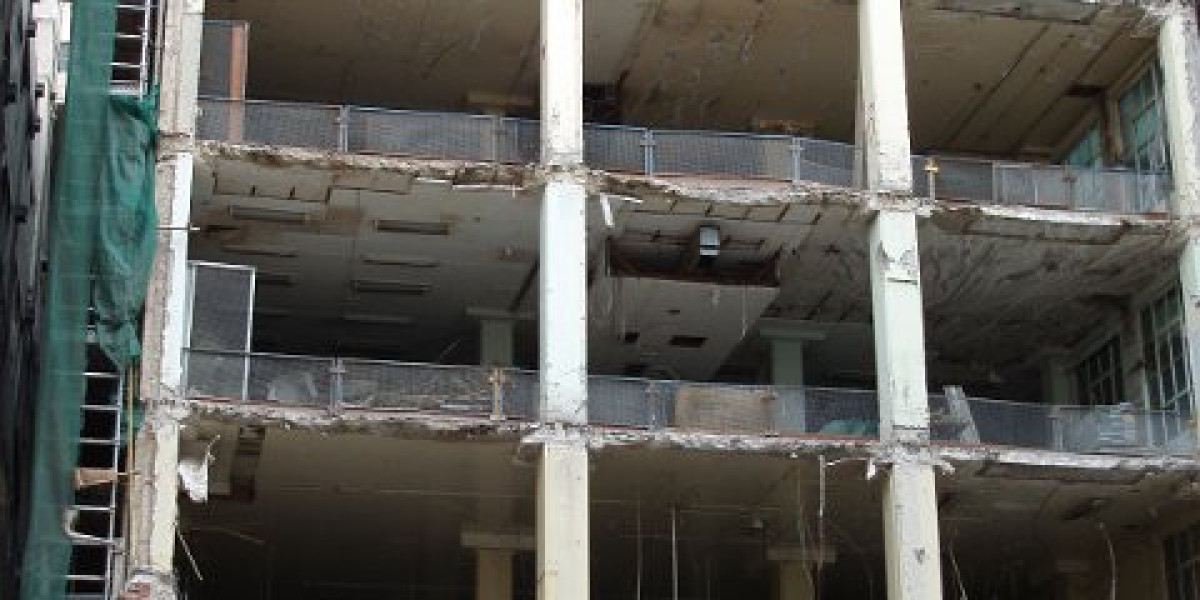The SO₂ Monitoring via Satellite Market is gaining significant attention as nations intensify their efforts to combat air pollution and monitor atmospheric sulfur dioxide levels. This market plays a crucial role in supporting environmental protection initiatives, industrial emission tracking, and climate modeling. According to recent analyses by Research Intelo, the market is expected to witness robust expansion over the forecast period, driven by stringent environmental regulations and technological innovation in satellite instrumentation.
Rising Demand for Environmental Surveillance and Policy Compliance
The primary growth driver for the SO₂ monitoring market is the increasing global commitment to reducing air pollution. Sulfur dioxide, a major pollutant emitted from industrial activities and volcanic eruptions, poses severe environmental and health risks. As a result, governments and international organizations are investing heavily in space-based monitoring technologies that can provide real-time and accurate assessments of SO₂ concentrations.
Furthermore, the integration of remote sensing technologies and AI-based data analytics enhances the accuracy and efficiency of SO₂ detection. These innovations are allowing satellite missions to detect even trace amounts of gas, thereby improving pollution mapping, early warning systems, and global air quality assessments.
Technological Innovations Bolstering Market Expansion
The SO₂ Monitoring via Satellite Market is experiencing a wave of technological upgrades, with the emergence of hyperspectral and multispectral imaging instruments that enhance spatial and temporal resolution. Such innovations are crucial for improving the accuracy of sulfur dioxide emission data, especially in remote or inaccessible regions.
Additionally, satellite constellations designed for Earth observation are now capable of integrating advanced radiometers and spectrometers that deliver near real-time monitoring capabilities. These developments are empowering policymakers and researchers to better understand emission sources and their impact on regional and global climates.
Growing Environmental Awareness and Global Collaborations
Increasing public awareness of air quality issues and cross-border pollution has led to stronger collaborations between environmental agencies, space organizations, and research institutions. This trend is expected to further propel the market, as shared satellite data becomes essential for developing unified pollution control strategies. Governments in Europe, North America, and Asia-Pacific are increasingly relying on satellite-derived data for enforcing emission standards and guiding policy decisions.
Request a Sample Report: https://researchintelo.com/request-sample/112831
Market Restraints: Cost and Data Interpretation Challenges
Despite promising growth prospects, the SO₂ monitoring market faces several challenges. High costs associated with satellite development, launch, and maintenance can limit participation by smaller economies. Moreover, the complexity of interpreting satellite data requires sophisticated algorithms and skilled personnel, which can slow the adoption of such systems in developing regions.
Data calibration and validation also pose technical challenges, particularly when integrating satellite readings with ground-based measurements. These issues underline the need for continuous technological advancements and data harmonization efforts to improve system reliability.
Opportunities in Emerging Economies and Private Sector Participation
Emerging economies present significant growth opportunities for the SO₂ Monitoring via Satellite Market. As industrialization accelerates in countries across Asia-Pacific and Latin America, the demand for emission monitoring and regulatory compliance is rising sharply. This creates a favorable environment for satellite service providers and environmental technology companies to expand their footprint.
Private sector investments in space technologies are also reshaping the landscape. The entry of private players into satellite manufacturing and data analytics offers opportunities for collaboration, cost reduction, and innovation. This increased participation is expected to foster healthy competition and drive further advancements in monitoring accuracy and data accessibility.
Expanding Role in Climate Change Research
Beyond pollution control, SO₂ monitoring satellites are playing a pivotal role in climate research. By tracking sulfur dioxide emissions from both anthropogenic and natural sources, scientists can better understand aerosol formation, cloud chemistry, and their overall influence on global warming. This research contributes directly to refining climate models and improving the precision of long-term environmental predictions.
As global climate agreements continue to emphasize transparency and accountability, demand for satellite-based SO₂ monitoring will likely accelerate. These systems not only enhance environmental governance but also support sustainable industrial practices by providing actionable data insights.
View Full Report: https://researchintelo.com/report/so2-monitoring-via-satellite-market
Regional Insights: North America and Europe Lead, Asia-Pacific Rising
North America and Europe currently dominate the global market due to their advanced satellite infrastructure, robust regulatory frameworks, and strong environmental research initiatives. These regions have established partnerships with international space agencies and research organizations to enhance data-sharing capabilities and promote open-access platforms.
Meanwhile, Asia-Pacific is emerging as a promising market, with increasing investments in domestic satellite programs and environmental monitoring networks. Countries such as China, Japan, and India are actively deploying satellites dedicated to atmospheric observation, boosting regional capabilities and contributing to the global dataset.
Future Outlook: Integration of AI and Cloud-Based Analytics
The future of the SO₂ Monitoring via Satellite Market lies in the integration of artificial intelligence and cloud computing. AI-driven models are being employed to process vast amounts of satellite data, identify emission hotspots, and predict pollution dispersion patterns. Cloud-based platforms are enabling real-time data sharing, making environmental intelligence accessible to governments, researchers, and industries worldwide.
These advancements will not only enhance monitoring efficiency but also reduce latency in decision-making, supporting faster responses to pollution events and improving global environmental management.
Enquire Before Buying: https://researchintelo.com/request-for-customization/112831
Market Value and Forecast
According to Research Intelo’s latest analysis, the global SO₂ Monitoring via Satellite Market is expected to reach multi-million-dollar valuations by 2032, expanding at a compound annual growth rate (CAGR) of approximately 8–10%. This growth reflects the combined influence of environmental regulations, climate initiatives, and technological progress across the satellite and data analytics sectors.
The ongoing development of low-cost satellite platforms and open-access data policies will further democratize atmospheric monitoring. As satellite launches become more frequent and affordable, the market will continue to evolve toward greater accessibility and precision in pollution measurement.
Conclusion
The SO₂ Monitoring via Satellite Market stands at the forefront of environmental surveillance and climate science innovation. Driven by global sustainability goals, advanced satellite technologies, and rising cross-border cooperation, this market is poised for steady long-term expansion. As the world moves toward cleaner air and greener industries, satellite-based SO₂ monitoring will remain an indispensable tool for policymakers, researchers, and businesses alike.








